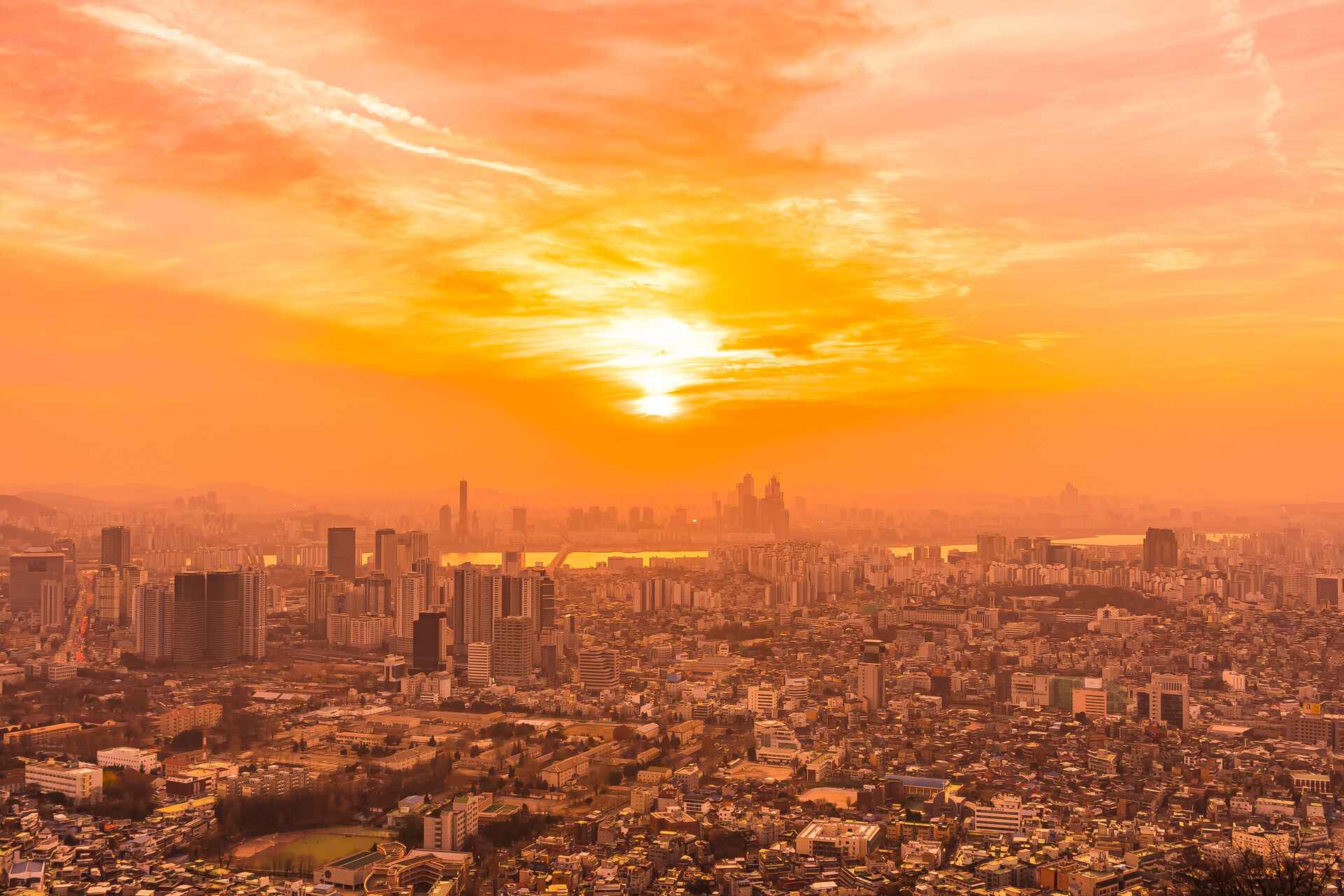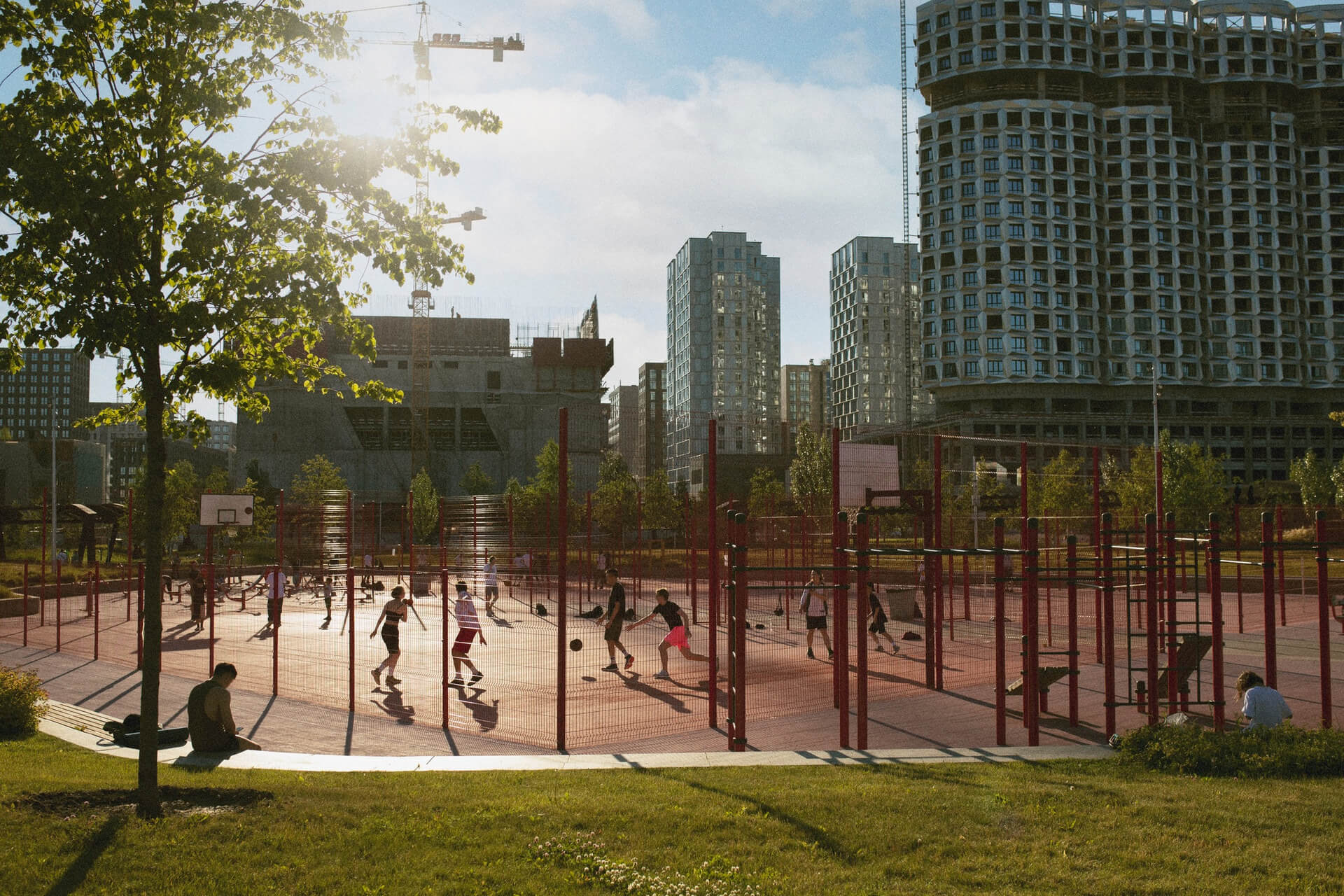The True Impact of Urban Heat Islands: Environmental, Health, and Economic Consequences
The impact of the urban heat island effect includes higher city temperatures, increased energy use, and health risks. Read on to learn more.
.webp)
Urban heat islands are areas, typically cities, that are much hotter than their rural surroundings. Many reasons stand behind this phenomenon, but most can be ascribed to human activity. The urban heat island effect brings with it wide-ranging impacts. They include increased energy demands, health risks, and fastened climate change. The good news? Proven strategies like green infrastructure offer hope. They allow us to build more resilient, eco-friendly cities.
Urban areas around the world are becoming much warmer than the surrounding countryside. This phenomenon is known as the urban heat island (UHI) effect.
It happens because of dark surfaces, high-density development, and a lack of green spaces.
UHIs are reshaping the way we live, work, and breathe. What's more, many people aren't even aware this is happening.
This isn't just about discomfort during a summer heatwave.
The impacts of UHIs ripple far beyond temperature spikes. It affects air quality, public health, energy use, and economic stability.
Vulnerable communities face the brunt of these changes. This exposure to extreme heat and limited access to cooling resources adds to the issue.
This article explores the impact of urban heat islands, from root causes to wide-reaching consequences.
We're also going to cover proven solutions for building cooler and greener cities.
What Causes the Urban Heat Island Effect?
The urban heat island (UHI) effect happens when nature is replaced with man-made environments.
This can include asphalt roads, concrete buildings, and dark rooftops.
Vegetation and soil naturally cool the air through shade and moisture. But artificial surfaces absorb and store heat throughout the day and release it slowly after sunset.
As a result, cities are often significantly hotter than nearby rural areas. The temperature is even higher during the evening and nighttime hours.
The UHI effect is caused by many factors, including:
- Lack of vegetation
Trees and plants cool the air through evapotranspiration. But in dense urban areas, vegetation is often sparse or absent. This eliminates this natural cooling mechanism, increasing ambient heat levels.
- Impervious surfaces
Materials commonly used in urban construction are impervious to water. They absorb large amounts of solar radiation. They also retain heat throughout the day. At night, instead of cooling down quickly, these surfaces slowly release stored heat.
- Waste heat
Urban areas generate large amounts of waste heat. It may come from vehicles, buildings, factories, and air conditioning systems. This is known as anthropogenic heat. It contributes directly to the warming of local air.
- Urban geometry
City layouts can increase heat retention. Warm air is trapped between buildings and reduces airflow, preventing heat from dissipating. This is known as the "urban canyon effect." It intensifies UHI by limiting ventilation and amplifying radiation between building surfaces.

What Are the Effects of Urban Heat Islands?
Urban heat island impacts are complex and interlinked. They cover:
- Environmental aspects
- Health aspects
- Economic aspects

They don't just make cities hotter. They amplify the challenges of climate change, urban planning, and public health.
That's why the impact of urban heat islands needs to be taken seriously in all aspects of life.
Environmental Impacts
The UHI effect significantly disrupts the delicate balance of urban and surrounding ecosystems.
These are the effects of the urban heat island on the environment:
- Rising local temperatures
Cities affected by UHI experience much warmer conditions than nearby rural areas. This rise in temperature disrupts natural cycles and makes it harder for local plants and animals to survive.
- Loss of urban biodiversity
As urban temperatures rise, many species are forced to adapt, relocate, or face extinction. This throws ecosystems out of balance.
- Worsened air quality
Higher temperatures increase the production of ground-level ozone, a key component of smog. Poor air quality doesn't just harm human health. It also reduces the quality of the urban environment.
- Disrupted water cycles
The heat from buildings and roads speeds up evaporation and can change rainfall patterns. These changes make it harder to manage water resources. It can also lead to drought stress on urban greenery and ecosystems.
- Increased stormwater runoff
Heated, impermeable surfaces like asphalt reduce natural water absorption. During storms, this leads to more surface runoff. This can overwhelm drains, cause flash floods, and wash pollutants into rivers and lakes.
- Urban heatwaves and environmental stress
Cities become more vulnerable to heatwaves, which are longer, hotter, and more frequent due to UHI. These events put stress on both natural ecosystems and urban infrastructure.

Health Impacts
Elevated urban temperatures contribute to heat stress, dehydration, and heatstroke. All these conditions can be fatal if left untreated.
UHI increases public health risks in cities, particularly for:
- Elderly and low-income populations
- People with pre-existing respiratory or cardiovascular conditions
- Children and outdoor workers
These populations are often the most at risk because of limited access to air conditioning, healthcare, or shaded outdoor areas.
According to the World Health Organisation, extreme heat already contributes to tens of thousands of deaths annually.
UHIs only worsen the problem.
Energy Consumption and Economic Impacts
Urban heat islands have a profound effect on both energy systems and economic performance.
UHIs significantly affect energy use and the urban economy in the following ways:
- Higher energy demand
Increased use of air conditioning leads to higher electricity consumption, raising utility bills.
- Strain on infrastructure
Peaks in energy use can overload power grids, increasing the risk of blackouts.
- Increased carbon emissions
More energy use typically means more fossil fuel combustion, accelerating climate change.
- Reduced productivity
Unbearable heat can hinder both physical and cognitive performance, especially in sectors like construction and logistics.
In the long term, UHIs impose hidden costs on city budgets, healthcare systems, and business operations.
Real-World Examples
Examples of urban heat islands can be found everywhere in the world. It's not limited to one climate or region.
Here are some real-world examples:
- Tokyo, Japan
has seen an average increase in nighttime temperatures of nearly 3°C. This rise in temperature can be ascribed to rapid urbanisation and reduced vegetation.
- Phoenix, Arizona
experiences persistent UHI effects, leading to an annual rise in heat-related emergency room visits.
- Melbourne, Australia
launched a city-wide tree-planting initiative to counteract rising summer temperatures, which had climbed steadily over the past two decades.
These examples highlight how universal and urgent the problem is, affecting cities across climates and continents.
Mitigation Strategies
Reducing the urban heat island (UHI) effect requires a multi-layered, long-term approach. This approach should blend technology, nature, and community engagement.
Many cities around the world are already implementing solutions that don't only reduce heat. They also improve public health, resilience, and quality of life.
A wide array of strategies has proven effective in mitigating UHI:
- Urban greening
Planting trees, creating green roofs, and preserving parklands.
- Reflective materials
Installing cool roofs and light-coloured pavements to reduce heat absorption.
- Green infrastructure
Incorporating rain gardens, bioswales, and permeable pavements to enhance cooling and water retention.
- Zoning and building codes
Mandating energy-efficient designs and incentives for developers to incorporate sustainable practices.
- Community engagement and education
Engaging residents, businesses, and community groups to promote heat-aware behaviour.

These solutions must be tailored to local contexts, integrating climate, community needs, and long-term urban planning.
Expert Insight: Evergreen Infrastructure's Proven Results
Evergreen Infrastructure stands at the forefront of green infrastructure innovation in Australia.
We specialise in the design, implementation, and maintenance of sustainable urban green spaces.
Our projects deliver multifaceted benefits:
- Mitigation of the urban heat island effect
By integrating vegetation into urban structures, our green roofs and walls help lower ambient temperatures. This contributes to a cooler urban microclimate.
- Enhanced biodiversity
Our installations provide habitats for various species, supporting urban biodiversity and ecological balance.
- Improved Air and Water Quality
The vegetation in our projects aids in filtering pollutants, leading to cleaner air and water in urban settings.
- Economic Advantages
Green infrastructure can lead to energy savings, extended lifespan of building materials, and increased property values. All these factors offer long-term economic benefits.
Evergreen Infrastructure focuses on continuous innovation.
We tailor solutions to meet the specific needs of each project while pushing the boundaries of sustainable design.
Our approach ensures that each green space is not only functional but also contributes positively to the urban environment.
Combating the Effects of Urban Heat Islands
Combating the urban heat island effect is more than a technical challenge. It's an opportunity to reimagine our cities as inclusive and sustainable spaces.
It calls for a holistic shift in how we design urban environments. It places climate adaptation, community equity, and innovation at the heart of city planning.
At Evergreen Infrastructure, we're turning vision into reality.
Our climate-forward solutions, ranging from green roofs to nature-based stormwater systems, are already making a measurable impact.
Ready to build a cooler and healthier future?
Contact Evergreen Infrastructure today. Discover how we can help you design a city that thrives, one green space at a time.
{{cta}}
We create green oases in urban settings
We'd love to discuss how we can partner to bring innovative, sustainable solutions to your urban environment.
.webp)
.webp)
.webp)


